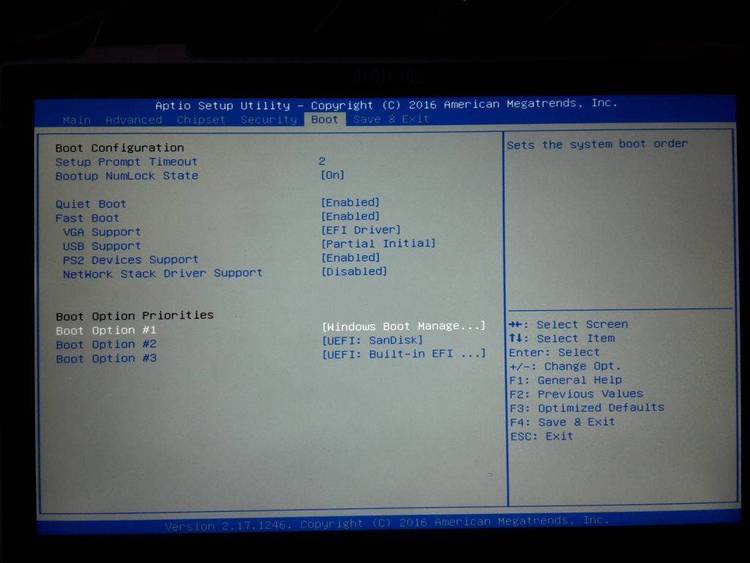Dec 302017
| Makes a bootable diskette for OS2. | |||
|---|---|---|---|
| File Name | File Size | Zip Size | Zip Type |
| COMPAT.DEF | 65 | 58 | deflated |
| CONFIG.SA | 378 | 221 | deflated |
| KOPY.C | 468 | 286 | deflated |
| KOPY.EXE | 8500 | 5090 | deflated |
| MAKEFILE.MAK | 328 | 134 | deflated |
| PMBOOT.CMD | 3516 | 1029 | deflated |
| PS_SHELL.C | 354 | 233 | deflated |
| PS_SHELL.EXE | 4010 | 2413 | deflated |
| README | 3702 | 1507 | deflated |
Download File PMBOOT.ZIP Here
Contents of the README file
<-<-<-<-<-<------------------->->->->->->
<-<-<-<-<-< I M P O R T A N T >->->->->->
<-<-<-<-<-<------------------->->->->->->
Read this file carefully before using PMBOOT, KOPY, or PS_SHELL
---------------------------------------------------------------
Please note that this material has only been tested with OS/2 1.30.1 EE
installed for the UK with an HPFS C: drive. I believe that it will
work for 1.3 (maybe even 1.2), for the US, and for a FAT C: drive.
Beyond that I wouldn't like to speculate.
PMBOOT.ZIP
==========
PMBOOT.ZIP contains a number of files useful for creating bootable OS/2
diskettes. The primary purpose of the exercise is to create a diskette that
will boot PM using the files already on hard disk. The reason you may want
to boot PM from diskette is most likely to edit a corrupt CONFIG.SYS on the
hard disk. This cannot be done by breaking out of the normal installation
diskette because OS/2 provides no protect mode fullscreen editor. Booting
OS/2 from a diskette also allows some files on the hard disk, that would be
locked by a normal boot, to be manipulated.
PMBOOT.ZIP
----------
PMBOOT.ZIP contains the following files:
README - This file
PMBOOT CMD - REXX program to create a boot diskette
MAKEFILE MAK - MSC6 NMAKE script for KOPY.EXE and PS_SHELL.EXE
KOPY C - Source for KOPY.EXE
KOPY EXE - Simple FILECOPY utility (see notes below)
PS_SHELL C - Source for PS_SHELL.EXE
PS_SHELL EXE - Simple OS/2 shell program (see notes below)
COMPAT DEF - Module definition file for KOPY.EXE and PS_SHELL.EXE
CONFIG SA - Example CONFIG.SYS for a standalone system
PMBOOT.CMD
----------
PMBOOT.CMD is a REXX script that creates the boot diskette. You
should read PMBOOT.CMD carefully and make sure you understand what it does
BEFORE using it. The comments in that file give more information that is
contained here. There a few things of particular note:
(1) PMBOOT.CMD requires that the program SYSINSTX.COM is on your path.
SYSINSTX.COM should be copied from your OS/2 installation diskette to
somewhere on you path before invoking PMBOOT.
(2) PMBOOT.CMD requires KOPY.EXE which is supplied in PMBOOT.ZIP. KOPY.EXE
is a simple replacement for the system COPY command for the purposes of
PMBOOT. The system COPY command cannot copy .DLLs that are in use by
the system, which is a requirement of PMBOOT. KOPY.EXE must be copied
to your path in order for PMBOOT to function correctly. The source for
KOPY.EXE is supplied for your perusal.
(3) MAKINST.CMD does NOT make the necessary changes to A:\CONFIG.SYS but it
does give hints as to what should be changed. It is up to the user to
implement these changes.
(4) The boot diskette created by this command file contains
sufficient to serve as a standalone boot diskette simply by using
PS_SHELL.EXE as the PROTSHELL. PS_SHELL.EXE simply loops calling the
OS/2 command interpreter. Commonly the command interpreter itself
(CMD.EXE) is used as the PROTSHELL but this has the disadvantage that
typeing EXIT at a prompt terminates the shell and hangs the system. Using
PS_SHELL.EXE if you type EXIT at a prompt the command interpreter
is terminated and is immediately restarted. Note that PS_SHELL.EXE needs
to be copied to the the boot diskette \OS2 directory in order to use it
An example CONFIG.SYS for a standalone system is supplied here as the file
CONFIG.SA
Comments welcome,
Phil Spencer 100014,104
December 30, 2017
Add comments
